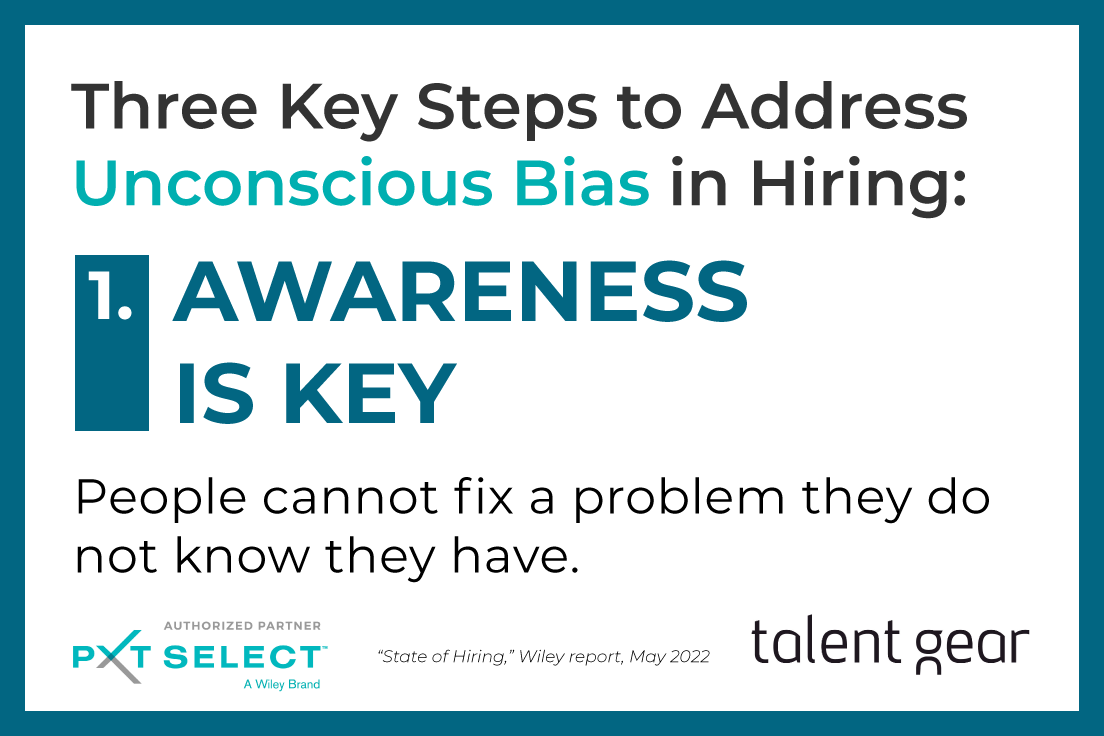What can Google's hiring process teach you about finding top candidates?
For more than a decade, Google has earned its place among the best places to work in the world. A ranking that helps them attract top talent from across the nation and beyond. Everyone from software engineers to accountants knows landing a gig at Google means they are the best of the best. And Google’s rigorous hiring process is designed to ensure this reputation of excellence stays intact with every hire.
Not every organization can be Google, but that doesn’t mean you can’t take a page or two from their book to start attracting, hiring, and retaining top talent.
It starts with brand
Even in a tight market, Google has the best and the brightest vying for positions. To the tune of 2 million people applying every year. Why? Because they want to be a part of something exciting, something innovative, something world changing. This is the Google brand. They live, breathe, and work it—and everyone wants in.
The lesson to be learned from Google’s recruiting process is that brand is powerful, but only when it’s genuine. Evaluate how you’re presenting your brand not only to your customers but to the talent marketplace. Determine what you bring to the table as an organization and then find ways to invite talent to help you make it happen.
And carries through the culture
A major aspect of your employer brand is tied to company culture. Google has perfected theirs. They’ve built an entire world around their employees with everything from fitness amenities and snacks sprinkled throughout the Googleplex to a Google-O-Meter specifically for charting employee suggestions.
It’s important to note Google understands culture is not just free snacks and perks. It’s the people. Which is why a big portion of their hiring criteria is based on what they call Googlyness. They make it a priority to ensure everyone they hire both fits within and upholds their culture.
Build trust through upfront communication
The application process is one of the first points of contact recruiters have with potential candidates. It’s also the perfect opportunity to start building a relationship with them. Google does this without putting any additional burden on the hiring managers by clearly laying out every step within the careers section of their website.
They offer details around what they look for in a candidate, explain what can be expected in every phase, and address questions that come up frequently. This transparency and clarity helps candidates to feel good about the process, and the company, from the very beginning.
Screen for the thinking style
Hard skills can be learned, but thinking style indicates how someone will work within a specific team setting. As a company built entirely on employing people who know how to think, Google has done a great job of screening for thinking style.
They put each candidate to the test—not to determine if a candidate can arrive at the right answer—but to help interviewers see how they arrive at the answer. They want to see the wheels turning as the candidate works. How do they gather data? Are they asking thoughtful questions? Can they get creative with the process?
Recreate the working environment
Another unique thing about the Google interview process is how they facilitate back and forth between the candidate and the interviewer. They encourage candidates to push their thinking and to ask questions about the culture, team, role, and sample assignments.
The interviews become collaborative discussions that give both parties a sense of what it would be like to work together. Bringing this transparency into the interview stage minimizes the room for error that could lead to turnover.
Match for the long haul
Recruiters at Google don’t look at candidates and open roles as a one-to-one match. When they review resumes, they’re weighing the candidates against a number of roles, not just the ones they apply for. Even if someone isn’t a fit for a current position, recruiters keep them in mind for future roles based on their skills, interests, and experience.
They also put a great deal of weight around how a candidate may be able to grow into different positions. Leadership potential plays a big part in their decision, no matter what role they’re hiring for. From the very beginning, they focus on helping candidates build a career at Google.
Hire by committee
Google’s hiring committees are comprised of individuals from across the organization. They pore over work samples, test results, feedback from interviewers, resumes, etc., reviewing through the lens of the company’s strict hiring standards. The committee then makes a hiring recommendation that gets passed along to senior leadership for final approval.
This involvement from a range of Google employees helps to remove individual bias from the process. It also ensures they hire the candidate who will make the most impactful contribution not just to their immediate team but Google as a whole.
It's likely your organization doesn't have the resources and the clout to attract millions of top candidates every year, but the reality is you don't need to. All you need is a candidate pool that's well suited to your company and the roles you're looking to fill. By applying some of these lessons to your own recruiting and hiring processes, you can start building a talent pool around your culture and hiring goals.


